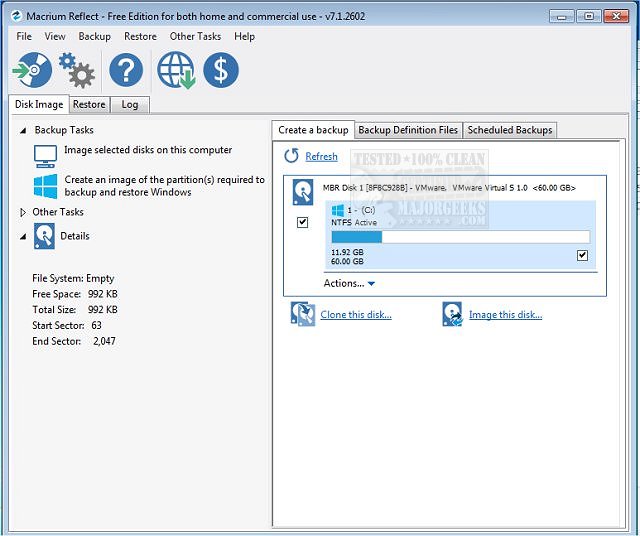edit 11.09.24
So more links to posts made in this thread
8400MT/ + 2200mhz FCLK done stable with hynix m-die
Pictures from delid 9950X ES
Core cpu binning results for 3* 9950X retail vs ES
Blameless 4x 9700X binning results
8200MT/s + 2200mhz FCLK done stable with hynix a-die
--------------------------------------------------------------------------------------------------------------------------------------------------------------
Review embargo for the 12 and 16cores Zen5 cpus have passed, and i can finally share my Zen5 16 ES results which i have been fiddling with for 2 months already
And since there are no Z5 owners thread on this forum yet, i guess we can share our results /feedback and-or benchmark/review videos here.
Can start with some stability-tested memory numbers in Aida and Clem's cache/memory benchmark
Hardware used:

First off we have the following: 6600/2200 = 322.6 mb/s in Karhu
![Azure Rectangle Font Screenshot Software]()
Fullscreen with with clems and hwinfo
![Font Material property Parallel Rectangle Screenshot]()
Next-up we my true and tested 8000/2200 profile from my Z4 systems = 349.70mb/s in Karhu
![Azure Font Screenshot Line Technology]()
Fullscreen with with clems and hwinfo
![Azure Font Screenshot Software Computer]()
And lastly we have my new (stable) 8300MT/s profile. Sadly it seems like maybe the agesa is not done cooking yet, since i'm getting more and more VDD limited as higher i go on memspeed above 8000MT/s.. And as a results the memory timings suffer, so the end performance actually end up even/below my 8000MT/s profile above = 348.70mb/s in Karhu
![Font Screenshot Line Rectangle Technology]()
Fullscreen with with clems and hwinfo
![Azure Font Screenshot Software Technology]()
Last time i tried DR 2x32GB a-die it didn't go so well, maxed out at 7400MT/s, so AGESA is not done cooking yet for these setups
So more links to posts made in this thread
8400MT/ + 2200mhz FCLK done stable with hynix m-die
Pictures from delid 9950X ES
Core cpu binning results for 3* 9950X retail vs ES
Blameless 4x 9700X binning results
8200MT/s + 2200mhz FCLK done stable with hynix a-die
--------------------------------------------------------------------------------------------------------------------------------------------------------------
Review embargo for the 12 and 16cores Zen5 cpus have passed, and i can finally share my Zen5 16 ES results which i have been fiddling with for 2 months already
And since there are no Z5 owners thread on this forum yet, i guess we can share our results /feedback and-or benchmark/review videos here.
Can start with some stability-tested memory numbers in Aida and Clem's cache/memory benchmark
Hardware used:
- 16core Zen5 ES
- ROG CROSSHAIR X670E GENE
- 2x16GB Hynix a-die -> Teamgroup UD5 7800MT/s
- 2200mhz FCLK
- Large custom watercooling (moh-ra on a different floor)
First off we have the following: 6600/2200 = 322.6 mb/s in Karhu
- 6600MT/s @ 1.8 VDD
- 2200mhz FCLK
- 26-37-32-30
Fullscreen with with clems and hwinfo

Next-up we my true and tested 8000/2200 profile from my Z4 systems = 349.70mb/s in Karhu
- 8000MT/s @ 1.74 VDD
- 2200mhz FCLK
- 32-45-38-44
Fullscreen with with clems and hwinfo

And lastly we have my new (stable) 8300MT/s profile. Sadly it seems like maybe the agesa is not done cooking yet, since i'm getting more and more VDD limited as higher i go on memspeed above 8000MT/s.. And as a results the memory timings suffer, so the end performance actually end up even/below my 8000MT/s profile above = 348.70mb/s in Karhu
- 8300 @ 1.55VDD
- 2200mhz FCLK
- 36-47-44-44 (this memory set is capable of much better timings and higher voltages)
Fullscreen with with clems and hwinfo

Last time i tried DR 2x32GB a-die it didn't go so well, maxed out at 7400MT/s, so AGESA is not done cooking yet for these setups





